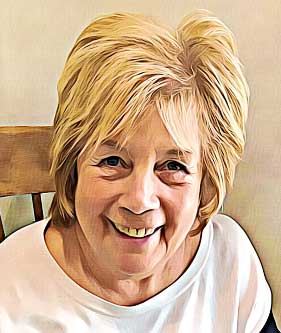Expressive therapy, also known as Creative Arts Therapy, emphasises the use of art forms such as dance, painting and drama to encourage expression. This proven technique can be of great benefit, helping individuals to articulate their feelings and emotions. Sessions usually take place in group form.
History
Expressive therapy was used successfully in psychiatric institutions during the 1940s. Pioneers such as Shaun McNiff and Paolo Knill developed the concept with a collection of works including Art As Medicine (McNiff) and Principles and Practice of Expressive Arts Therapy (Knill). It has since become a widespread and very popular form of alternative therapy.
Method
The approach includes elements of Humanistic, Psychodynamic and Attachment theory. Practitioners believe that the approach enables individuals to fully express themselves, and that verbalisation isn’t necessarily enough for effective self-expression.
How can Expressive Therapy help?
This technique is thought to be useful for people who have difficulty in expressing their emotions, feelings and past experiences. This may be due to abuse, violence or other traumatic events that a person may have trouble in coming to terms with. Areas that expressive therapy are used to address include medical illness, bereavement, criminal behaviour and behaviour problems.
Useful Expressive Therapist Resources
Best Online Therapy – United Kingdom

